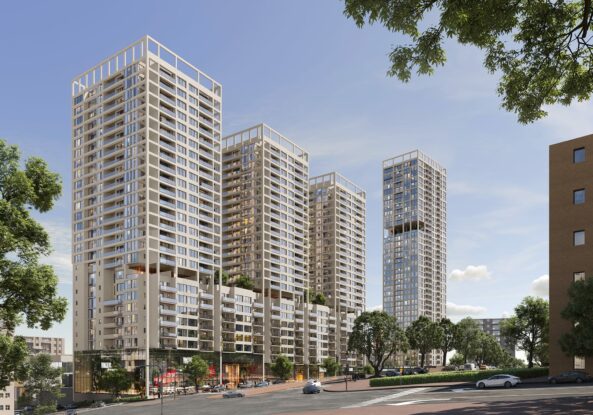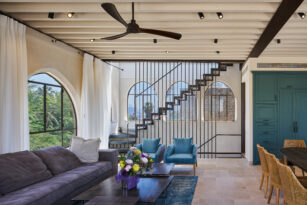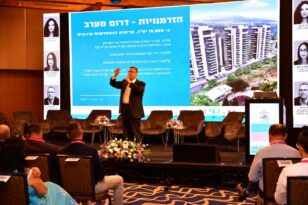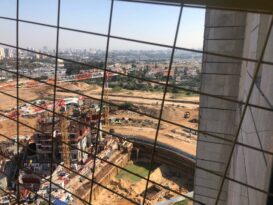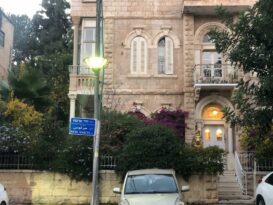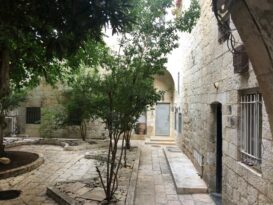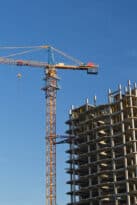The Municipality of Jerusalem ended 2023 with the issuance of permits for the construction of 7,500 new housing units – a record number that is three times higher than those issued just a few years ago. A significant part of the construction is to be carried out through urban renewal projects, an issue at the top of the city’s planning agenda, mainly due to its reluctance to harm the surrounding Jerusalem forests.
Jerusalem ended 2023 with the issuance of building permits for about 7,500 new apartments, the highest figure for a city in Israel. This is hardly a surprise, after all, besides being the capital, Jerusalem is also the largest city in Israel with close to a million residents, more than twice as many as Tel Aviv. But in practice, these are volumes of construction that the city has not known. During the second decade of the millennium (2011-2020), an average of only 2,500 housing units were built in the city each year.
In 2021, there was already a change in pace, during which permits were issued for 5,400 new homes. In 2022, permits were issued for 7,113 housing units, and in 2023, the upward trend was maintained, with a record number of permits issued for 7,482 new apartments. However, the municipality of Jerusalem expects that this record will be quickly broken, since the city plans to issue permits for the construction of 8,000 housing units in 2024.
Pinui-binui is top of the agenda
2023 was also the year in which the first permits were issued in the city for urban renewal projects through pinui-binui (evacuation-reconstruction). Permits for five such mega projects were granted during the second half of the year for the construction of a total of approximately 1,000 apartments, and already in January 2024, permits were signed for the construction of 1,000 additional apartments in four new projects. According to City Engineer Yoel Even, 2024 is expected to be the “breakthrough year” of urban renewal in the city, with the issuance of permits for 4,000 apartments to be built in renewal projects — about half of those to be issued in the coming year according to the municipality’s plans.
The neighborhoods in which the first projects are being promoted are mainly older in the western part of the city, including Kiryat HaYovel, Ir Ganim Bet, and Katamonim (Gonanim). In addition to these neighborhoods, the first permit was granted for the construction of a renewal project in the Bucharim neighborhood, and also in the ultra-Orthodox Shmuel Hanavi neighborhood.
Jerusalem currently has around one million residents, and within only 20 years, according to municipal estimates, it is expected to grow to approximately 1.5 million people. The municipality’s emphasis on urban renewal projects, particularly pinui-binui, is not coincidental and stems from the perception that the construction of new neighborhoods should be minimized, at least in the western part of the city, to prevent damage to the forests surrounding the city, which are considered one of its main assets.
According to Jerusalem City Engineer Yoel Even, “Pinui-binui is the city’s planning agenda, and what we saw this year is only the beginning. There are currently approved plans to build thousands of housing units under this scheme. The planning that we have advanced over the past 3-4 years is now ripening with building permits. In our agenda, we don’t want to run over green spaces. The forest of Jerusalem is part of its beauty, we call it ‘the Sea of Jerusalem.’ Jerusalem has no sea, but there is a forest. These are the green lungs of the city and there is no reason to harm them.”
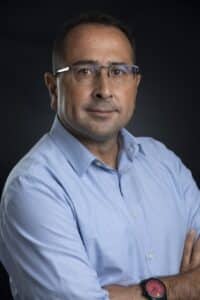
“The forest of Jerusalem is part of its beauty, we call it ‘the Sea of Jerusalem.’ Jerusalem has no sea, but there is a forest. These are the green lungs of the city and there is no reason to harm them.”
Yoel Even, City Engineer, Jerusalem
Manos Group urban renewal activities increase further
According to Raz Pinto, vice president of urban renewal at the Jerusalem-based construction company Manos Group, “So far the renewal processes in Jerusalem have been characterized mainly by small-medium scale projects in the TAMA 38 track, of which Manos has carried out 22 so far.” In TAMA projects the company has operated throughout the city – in Katamon, Kiryat Yovel, Kiryat Menachem, and Talpiot.
But now, he says, the center of gravity is shifting to pinui-binui projects, both for the city and the company, which is in the advanced stages of obtaining a permit for two projects, one on Derekh Hebron to build 127 apartments in place of the existing 40 units, and the other on Bar Yochai Street on the border between Katamon and Malha, where 259 apartments will be built replacing 70 existing units. The most substantial project, still in the planning stages, to be promoted by the company for the construction of 660 apartments in four towers, is in the Gilo neighborhood.
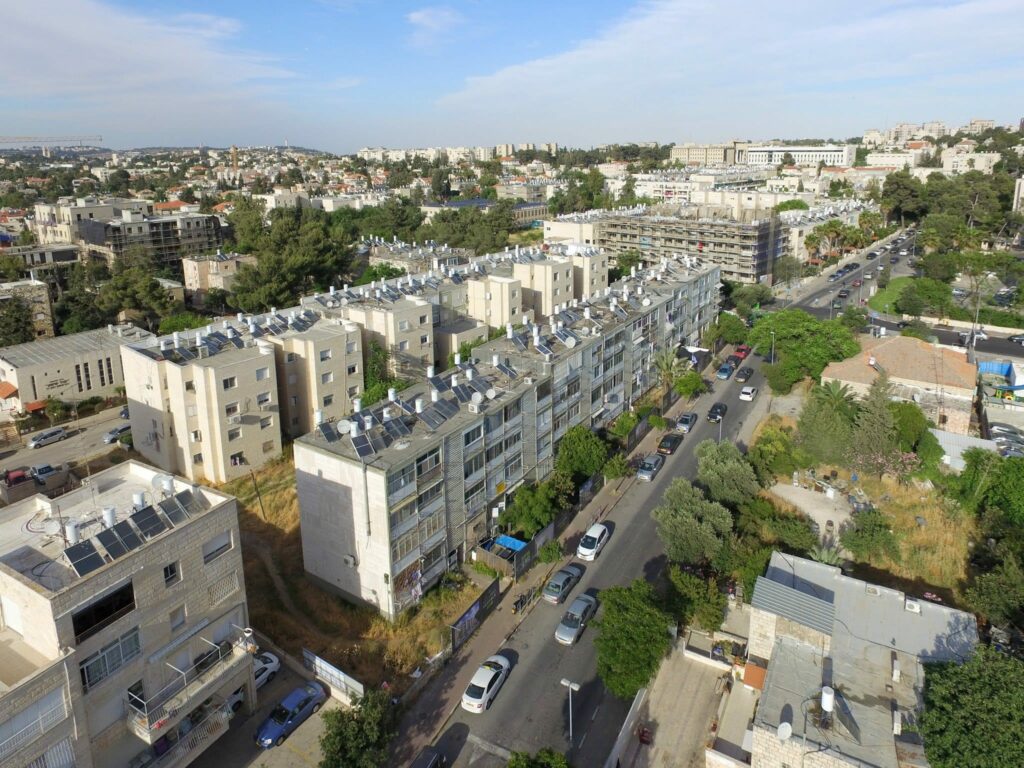
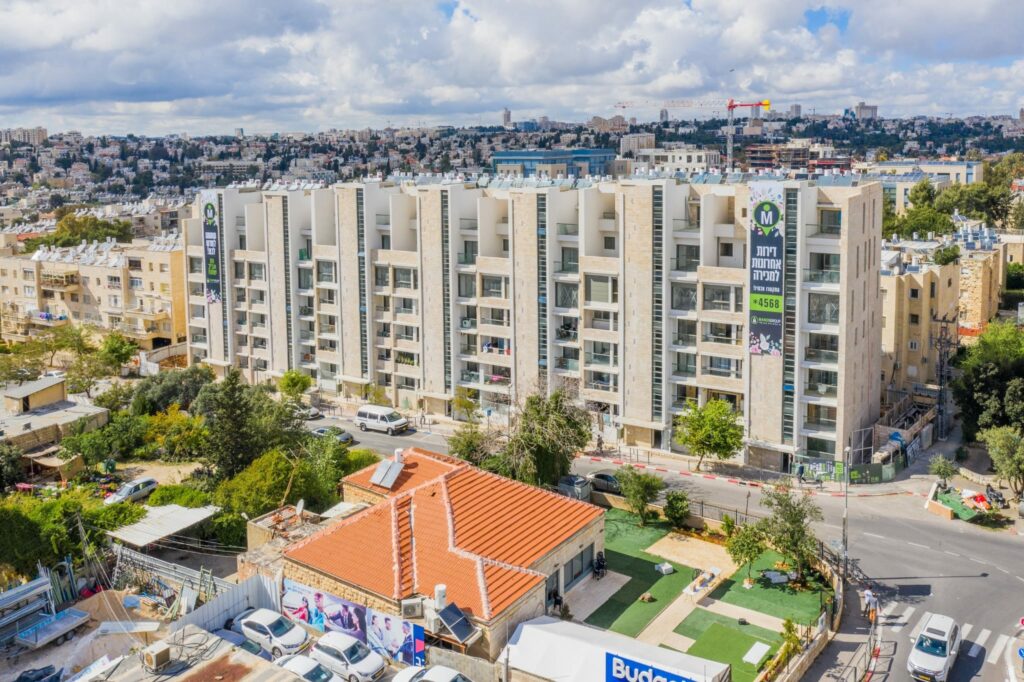
Urban renewal in Haredi areas
Urban renewal occurs in all parts of Jerusalem, including its most densely populated neighborhoods. But, when it comes to promoting pinui-binui city planners and developers face a unique challenge —the ultra-Orthodox residents, which constitute a third of the city’s population. Since most of their dominant rabbis oppose the use of Shabbat elevators, Heridim traditionally refrain from living on high floors to avoid Chillul Shabbat (a desecration of the Sabbath), and without high-rise construction, it is almost impossible to promote urban renewal and achieve economic viability.
According to Pinto, “As a rule, we work in all areas, including the ultra-Orthodox neighborhoods, however, we’ve already had projects fall through because the height up to which we could build did not make the project economically viable. Along the light rail route, building rights are granted for 40 floors, if you stop at 10 floors – there is no project”.
With regards to Haredi neighborhoods, City Engineer Even said, “We are succeeding in breaking through in this area. This year I signed a permit on Rabbeinu Gershom Street, in the most ultra-Orthodox area, not far from Bar Ilan Street, and we succeeded in getting the project a building permit.” According to him, “The goal is to be attentive to both the population and to the rabbis. We had a dialogue on the subject with 15 rabbis and reached an agreement. The bottom line is that this population wants development in their neighborhoods. The issue of high-rise construction is indeed challenging, but solutions can be found.”
Regarding Jerusalem’s renewal industry, Pinto concluded “As far as we are concerned, building Jerusalem is a supreme value and a mitzvah, and we are honored to have this privilege. We are all locals and live in the city. Beyond that, the industry today is saturated with developers. In every building you visit in Jerusalem, the residents will tell you that there were already four developers before you, so the competition for urban renewal projects is fierce.”
Everybody wants a Buyitinisrael, now more than ever before. Whether you’re thinking about Aliyah, looking for a home or a haven, or want to support the Israeli economy, drop us a line, when you’re ready to talk. Whatever the reason, Buyitinisrael.
